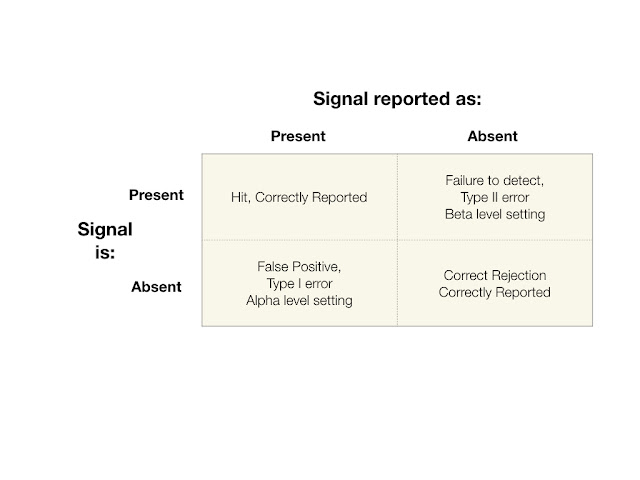Within hours of posting my previous article regarding projected deaths for drug overdoses, the CDC reported their early data on drug deaths for 2018. [I don't consider the CDC data to be finalized until it has been added to the Wonder Database (CDC Wonder Database).] Nevertheless, according to the CDC, there was drop in the number of drug related deaths from 2017 to 2018. And as an added bonus, there was a slight rise in US life expectancy.
Here's one of the better articles I came across that explains the CDC data is from Vox: https://www.vox.com/policy-and-politics/2020/1/30/21111887/opioid-epidemic-drug-overdose-death-2018
The article reported that the crude rate (number of deaths per 100,000) had decreased to 20.7 in 2018 from 21.7 in 2017. I reviewed all my past data analysis and predictions to see how this new data lined up with of my predictions. Here's what I found:
Here's one of the better articles I came across that explains the CDC data is from Vox: https://www.vox.com/policy-and-politics/2020/1/30/21111887/opioid-epidemic-drug-overdose-death-2018
The article reported that the crude rate (number of deaths per 100,000) had decreased to 20.7 in 2018 from 21.7 in 2017. I reviewed all my past data analysis and predictions to see how this new data lined up with of my predictions. Here's what I found:
- My best fit model that used data from 1999 to 2016 predicted that the crude rate for 2017 and 2018 would be 18.4 and 19.0 respectively. These predictions are strikingly lower than the actual data. And I should mention that this model is a second order, curvilinear, accelerating rate model.
- My best fit worst case scenario model that used data from 2008 to 2016 predicted 20.1 for 2017 and 23.4 for 2018. Slightly low for 2017 but noticeably high for 2018. Again, this is a second order, curvilinear, accelerating rate model. The rate of acceleration is greater than the model above.
- My best fit model using the most recent CDC Wonder data from 1999 to 2017 suggested that the crude rate for 2018 would be 27.5. This is a much faster accelerating 4th order model.
Analysis
The apparent primary cause for the striking rise in the death rate for 2017 was due to the increasing availability and use of illegal fentanyl. If the US is going be able to stem the tide of this epidemic, efforts are going to need to be made to reduce the many deaths from fentanyl and its chemical cousins. Is that happening? Consider the follow chart from the Vox article.
Some of the decrease in drug death rates are likely due to the increased availability of the opioid overdose antidote, naloxone. There's a noticeable down-tick in the death rates across all drug categories suggesting a common factor of influence crossing all categories. However, although all other curves show a downturn in the death rate, deaths due to synthetic opioids (most notably fentanyl) continues to rise although at a lower rate.
So, are we seeing the light at the end of the tunnel of the opioid epidemic? Or is this just the light of a train coming the other direction? The cause for appears to be the reduction in deaths from heroin and natural and semisynthetic opioids. However, the rate of death from synthetic opioids continues to climb and this is the predominant cause of death from drug overdoses. Thus it's clear, this is not anywhere near to being under control.
I'll conclude by quoting from the Vox article that suggests that the underlying causes of the epidemic as well as the supply of drugs remain and remain unaddressed:
... the country still seems to struggle with underlying conditions that experts say are fueling “deaths of despair.” That’s not just drug overdoses but also suicides, which increased in 2018, and alcohol-related deaths, which have doubled in the past two decades. ...
“If all of these social factors were there, and we didn’t have the supply of drugs, of course people would not be dying of overdoses,” Nora Volkow, director of the National Institute on Drug Abuse, previously told me. “But it is the confluence of the widespread markets of drugs — that are very accessible and very potent — and the social-cultural factors that are making people despair and seek out these drugs as a way of escaping.”
All of that leaves America vulnerable to increases in drug addiction cases and overdose deaths, even as it sees some gains due to drops in opioid prescriptions and related deaths.






